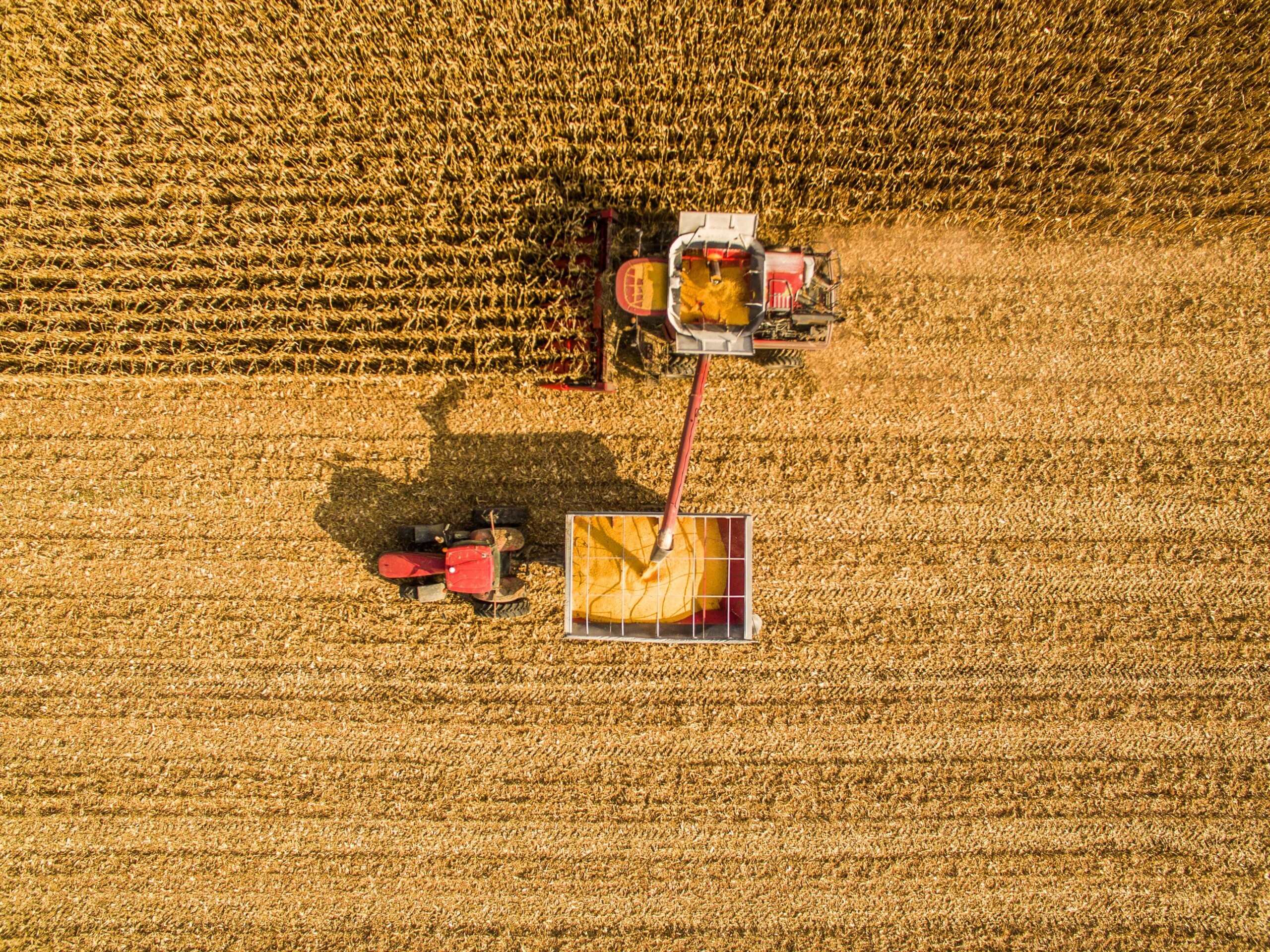
One of Brazil’s largest grain-producing states faces a severe crisis. Rio Grande do Sul, Brazil’s southernmost state bordering Argentina and Uruguay, is bracing for its fourth crop failure in a row, once again impacted by the La Niña phenomenon.
Extreme drought and excessive heat have already taken a toll on the state’s soybean crops. What remains unclear is the full extent of the damage, which could be mitigated if the rainfall expected this week materializes.
“A crop recovery is quite difficult at this stage in the season,” said Alaíde Ziemmer, an analyst at AgRural. “There are already consolidated and irreversible losses,” added Luiz Fernando Roque, an analyst at HedgePoint Global Markets.
Crops have suffered from low soil moisture and soaring temperatures—last week, thermometers exceeded 40°C (104°F). Rainfall has been scarce, occurring only in small, isolated amounts. Given the extreme heat, soil moisture depletes rapidly.
The issue is like those faced by farmers in Argentina, which output is also seen below its potential. The US Department of Agriculture cut its estimate for Argentina’s crop to 49 million from 52 million tons last week, but market players expect a production even lower, around 45 million tons.
In Rio Grande do Sul, all the producing regions have been affected, though the most severe problems are concentrated in the northwest region, which accounts for 55% of the state’s soybean area, according to Ziemmer.
Among the damages caused by drought and heat are stunted plant growth, flower abortion, and premature pod drop, according to a report released Thursday by Emater, a local institute on farmers’ support.

HedgePoint has already lowered its soybean yield forecast for Rio Grande do Sul from initially 57 bags per hectare to 52 bags (3.12 metric tons per hectare) at the end of January.
“We will likely review this estimate further downward, possibly to 50 bags per hectare or even lower,” says Roque. A bag weighs 60 kilograms.
Analysts’ estimates for Rio Grande do Sul’s output range from 16 million to 20 million tons. On its latest monthly report, published last week, the state-owned agricultural agency Conab says harvest in the state may reach 18.45 million tons.
Why It Matters
With 6.8 million hectares planted with soybeans, Rio Grande do Sul has the second-largest soybean area in Brazil. However, due to productivity losses, it is expected to rank only fourth in production volume this year, according to last week’s estimate from Conab.
The state, historically among the country’s top-yielding regions, has faced weather-related losses in the past four seasons. In the 2021/22 harvest, production was halved due to heat and drought. The following season, farmers again struggled amid high temperatures and low rainfall. Both years were marked by La Niña.
In 2023/24, an El Niño year, the crop was on track to reach its full potential. However, storms near harvest time reduced yields. Even so, Rio Grande do Sul produced 19.6 million metric tons, the second-largest output in Brazil, behind only Mato Grosso.
While the current losses do not threaten Brazil’s overall record soybean production, the recurring issues in the state could deepen financial difficulties for farmers and ripple across the agricultural supply chain, from input retailers to banks.
“Since Brazil is harvesting a record crop, farmers in Rio Grande do Sul won’t even benefit from higher soy prices to offset their yield losses,” says Ziemmer.
After spending a week traveling across the state, Marcos Rubin, an analyst and founder of Veeries, said farmers paying lease costs face a major financial viability challenge, especially after consecutive losses.
“The prolonged drought is expected to result in relevant financial difficulties for many farmers, impacting their ability to meet payments and boosting issues in the credit market,” said Marcos Rubin, partner at Veeries. “Default risks are rising, turning access to financing a critical issue for next season.”



